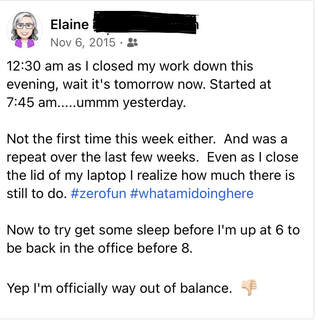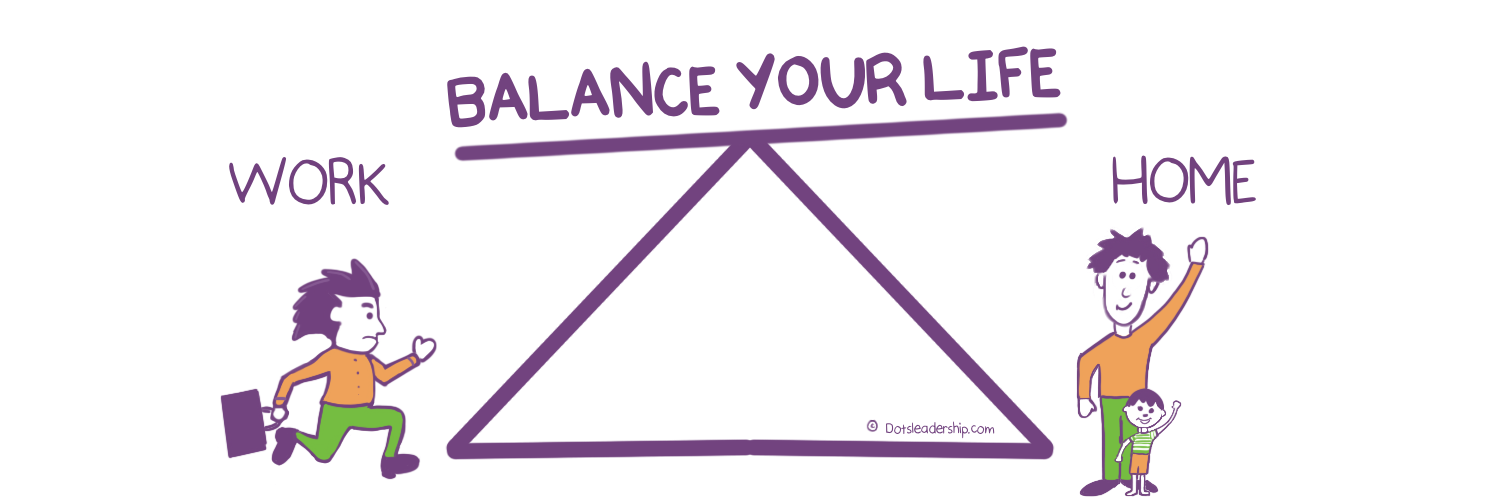My Dad had a triple bypass at age 45 so you can imagine what I was thinking.; it messed with my head. The doc insisted I take a minimum of two weeks off with absolutely no work. I went to a clinic the next day for a heart stress test and sent home with a holter monitor (heart and blood pressure thing)
Something happens to you when you have a health scare and realize it's been cause by the work that you hate doing. You immediately start taking stock and assess what steps you need to take to make it stop.
0 Comments
How to Deal With Work StressThese days everyone is putting in longer hours, but not feeling as fulfilled as they would like to. It’s almost as if you’re on a treadmill that is increasing in speed with no destination!
“Work” definition – according to the Oxford Dictionary is the activity involving mental or physical effort done in order to achieve a purpose or result; as a means of earning income. So, we know that effort of any type can tire you out, but when you lack balance in that effort it can lead to chronic stress and tension. According to the National Institute of Mental Health, chronic stress lowers your immune; it also lowers your digestive and reproductive systems. It affects your ability to sleep and is said to be a silent killer. So how do you regain personal balance to prevent burnout and chronic stress? When Work Sucks, You Need to GoTime to go – those words rang through my head when I caught up with a work-friend I hadn’t seen in years, as she told me about her job.
It all came back to me... the dreadful soul-sucking heaviness when my old job became absolute drudgery. Looking back, I knew in my heart it was time to go but I continued to persevere, pushing myself to do work that wasn’t ‘me’. I told myself that it was a good job with good pay so I’d be crazy to think about leaving …it even had a pension, and who leaves that at my age! That is her situation too; she is suffering in a job that no longer serves her and she feels so stuck. How to Avoid BurnoutChange can be a dirty word in many work environments today. Lets face it “Transformation” is the buzzword de jour! Almost everyone is feeling the affect of increased workload and the speed of change in their job.
It may be brought on from process improvement, new-fangled technologies to learn, added responsibility, regulatory scrutiny, or the most-feared-change of all…downsizing! Constantly having to adapt, even for the best leaders, takes quite a toll. As a leader not only do you have to continually reframe and communicate the gist of the changes to your team, but you are also expected to be ‘on’ and supportive of whatever is thrown your way. This can be downright exhausting! So how IS change affecting you? Are you coping? Or are you nearing burnout? Take this simple assessment to find out: |
Most Popular Posts:
AuthorElaine Adamson is a leadership consultant with Dots Leadership Solutions Inc. A natural dot connector. Passionate about coaching team effectiveness and leadership development she shares over 25+ years of real-life tips and tricks that really work! 
Elaine believes you can discover and leverage strengths to forge a strong team dynamic despite business challenges or organizational change.
She posts some great articles on Linked In too! Topics of Interest
All
Archives By Date
November 2022
|
Specialties |
Company |
|






 RSS Feed
RSS Feed